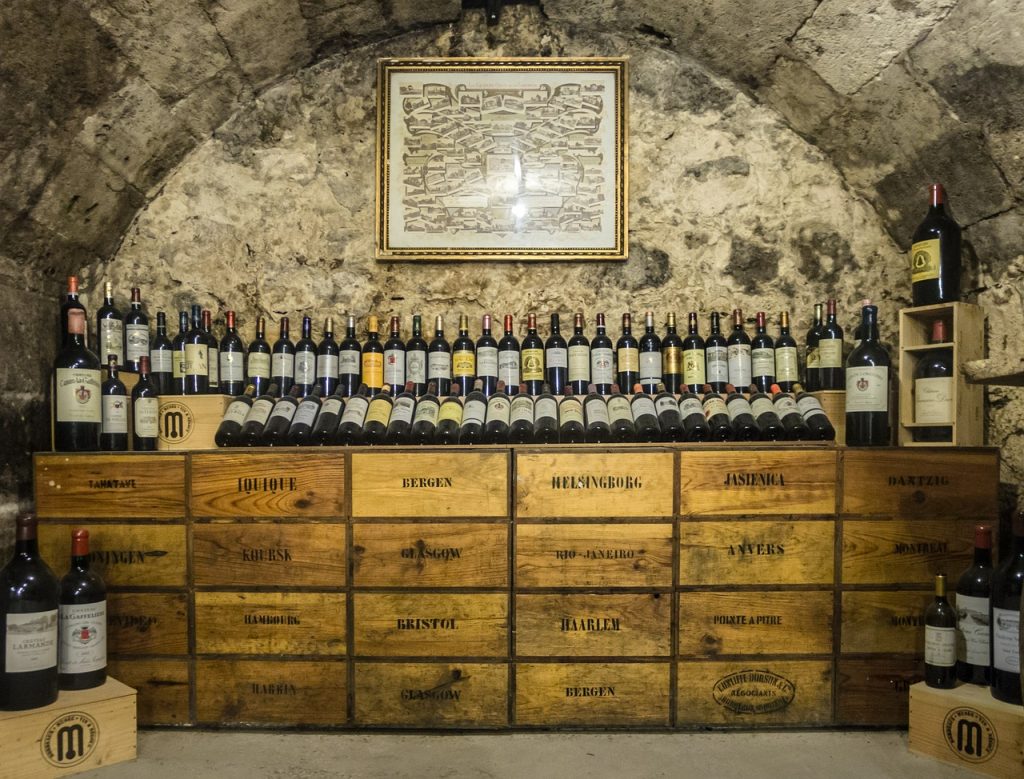Whether you’re a Chianti Connoisseur or a Maven of Moscato, when it comes time to transport your beloved bevy of booze, there are a few important things to keep in mind. In addition to ensuring the packaging is secure and stable, also consider the types of wine in your collection, and remember the nuances that each particular persuasion possesses. If you aren’t able to have professional cross country movers move your collection, there are plenty of across country moving options for getting your old reds to your new digs safely. Packaging your bottles securely is the most important part of moving your collection. In the event of a fall or drop, a fortified encasement will reduce the chances of breakage.
Wine Shipping Boxes For Moving Across Country
According to professional cross-country movers, the easiest method to move your wine bottles across the country is to use specialty wine shipping boxes. These uniquely designed containers are made up of polystyrene foam cells into which the bottles are placed, then capped with another piece of foam. The entire array is then inserted into a cardboard box. While pricey, wine shipping boxes provide an insulated solution that is simple to pack while limiting the agitation of your wines’ delicate balances.
Cell Boxes
If you can’t get your hands on the specialty boxes, you can visit your local liquor store, a courier, or even a grocery store, and find out if they have free moving boxes available to give you. Cell boxes contain cardboard inserts that will also limit the extraneous movement of your bottles in shipping. They aren’t quite as fancy or secure, so you will want to fill in the empty spaces around the bottles with crushed paper or a similar material.
Moving Boxes
Say you forgot to plan. If your resources are limited, you can place the wine in regular moving boxes, as long as you do so delicately. Place something soft like a towel or sweatshirt in the bottom of the box. Wrap the bottles individually in paper or bubble wrap and place them standing in the box. You can use foam plates between and around the bottles to keep them from shifting and clanking together.
Once your collection is safely packaged, seal the boxes with strong moving tape and label them unabashedly. It is also a good idea to separate whites from reds. Whites prefer to be stored at cooler temperatures, around 45ºF. While reds’ are best kept in slightly warmer climates, older ones also have the potential to dry out the corks if they are stored upright. Storing these bottles horizontally or upside-down is recommended to keep the corks wet and keep oxygen from entering the bottles. When loading your boxes, they should go to the bottom of your cargo. Lastly, keep in mind that when moving such a delicate substance, temperature changes and turbulence will upset the sensitive balance of your wine. It is best to let the bottles rest for 1-3 weeks after moving to allow the contents to settle.

